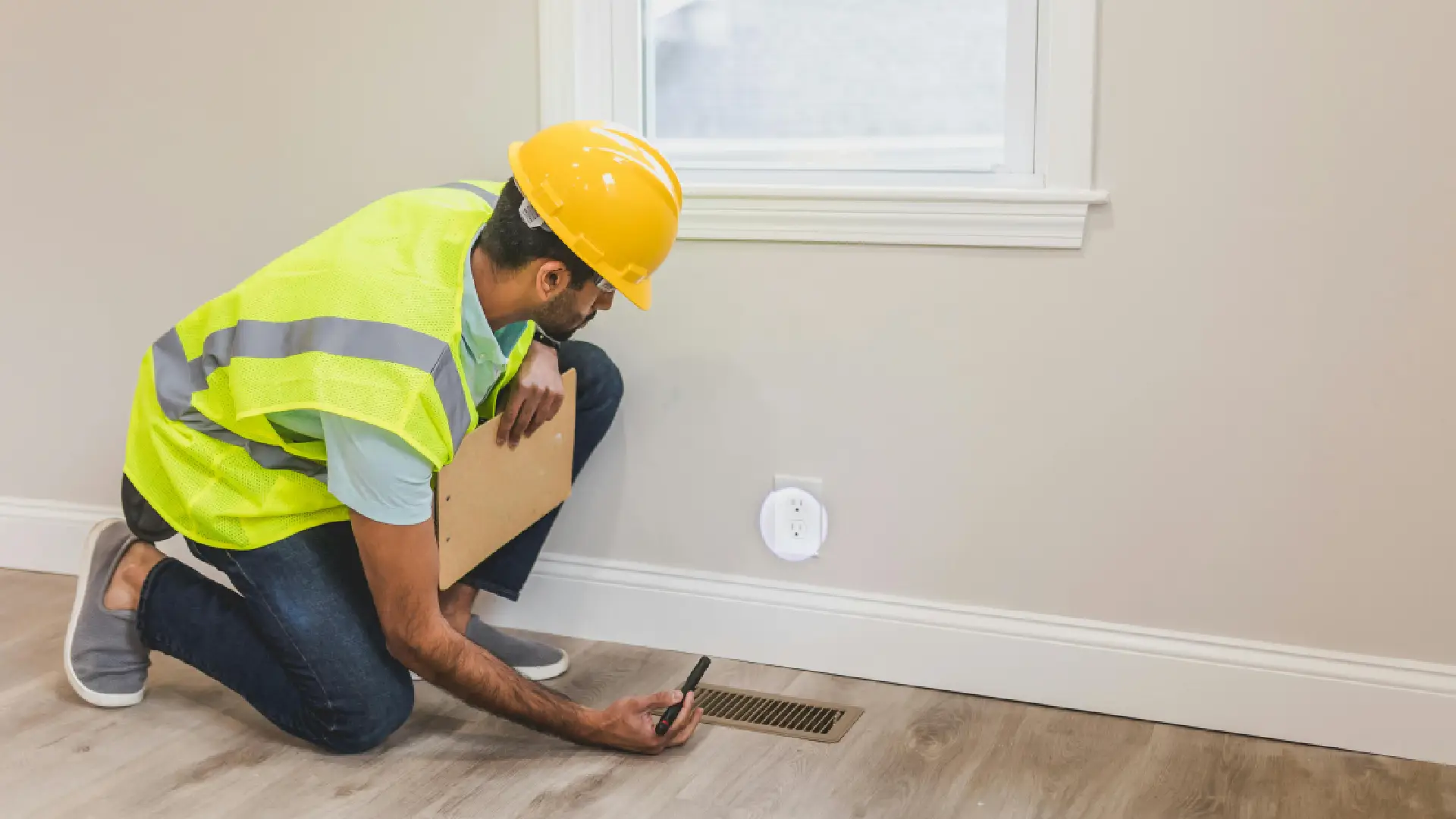
Smart Ways to Protect Your Home From Moisture Damage
Moisture can enter a property undetected. A minor leak under the sink, a gradual attic drip, or humid air in a closed space can cause harm over time. Walls can swell, floors can flex, and mold can grow in neglected areas. Moisture damage goes beyond water stains and peeling paint. It can cause long-term structural issues and health issues for residents.
Good news: there are clever methods to avoid it. Some behaviors are easy, while others need planning. Knowing how moisture flows and balancing ventilation, maintenance, and prevention is important. A constant approach keeps a home dry, strong, and comfortable year-round.
Hidden Sources of Moisture
Most moisture issues aren’t caused by burst pipes or flooding. They usually start small and go undiscovered for weeks or months. Certain portions of the house can accumulate condensation around windows, steam from long showers, or cooking heat. Mold and rot thrive in unmanaged moisture sources.
These problems are often concealed behind walls, under floors, or behind inadequately sealed fixtures in older homes. Behind-drywall plumbing or a roof that lets in enough water during storms might cause progressive damage. Musty smells, peeling paint, and warped wood can be detected early to save costly damage.
Ventilation
Airflow greatly affects moisture regulation. Kitchens, baths, and laundry rooms need fast airflow. When air is trapped inside, it stays wet and retains the moisture. This may enable mold and mildew growth over time.
Every time heat and steam are produced, exhaust fans should be running properly. Cracking a window occasionally helps, especially in stuffy quarters. Crawl spaces and attics need ventilation. Long-term air stagnation can cause mold development in insulation or timber supports. Simply checking these systems once a year can prevent long-term issues.
Gutters and Drainage Systems
Outside the home, water management is important. Water runs off the roof and foundation through gutters. When leaves clog them or they’re not sloping, water can pour over and accumulate. This stresses the house’s foundation and might cause cracks or leaks.
Water should flow many feet from downspouts. Regarding the yard, installing drainage may be needed if water pools near the property. Water can be directed by French drains, gravel-filled trenches, or sloped soil away from the home. A brief trip around the house after a heavy storm may show modifications.
Regular Home Maintenance
Some of the best ways to stop moisture damage involve routine upkeep. Roofs should be inspected once or twice a year for missing or damaged shingles. Windows and doors need tight seals to keep out rain and outside humidity. Even a tiny crack in the siding or foundation can be enough to let moisture in.
Appliances that use water, such as washing machines, dishwashers, or water heaters, should be checked for leaks and updated as needed. Drip pans, hoses, and seals can wear out over time. Taking the time to replace these parts on schedule is more affordable than repairing water damage later. It’s often the small things that build up and cause the biggest repairs.
Basements and Crawl Spaces
Lower levels of a home are naturally more vulnerable to moisture. They’re closer to the ground and often not as well insulated. If there’s even a slight leak, water can collect here and stay for a long time. Concrete floors and unfinished walls can soak up this water and start breaking down without much warning.
Using a dehumidifier in these spaces is a good first step. Waterproofing basement walls or installing a sump pump may be worth considering if the area tends to stay damp. Crawl spaces benefit from vapor barriers and proper ventilation. Checking on these areas a few times a year, especially after wet weather, can reveal signs of trouble before they spread to upper floors.
Moisture Prevention
Planning ahead is the best method to prevent moisture damage in a property. Moisture problems rarely improve and often worsen. Building excellent habits like using fans during showers or cleaning gutters before fall pays off over time. A home might be dry without being new. It merely needs proper care.
Preventing moisture buildup should be a top priority for everyone in charge of home maintenance because it’s as important as cleaning or yard work. Watching for changes and responding early prevents larger fixes. Although moisture damage may seem slow, being proactive keeps the home strong from the inside out.